In This Week’s Star
- NASA Astronauts Hague, Koch Arrive Safely at Space Station
- Chandra Project Scientist Martin Weisskopf to Explain Observatory’s Role in Understanding the Universe
- Science, Technology and Engineering Jamboree Set for March 27
- Students Face Off at FIRST Robotics Competition’s ‘Rocket City Regional’
- Telework Policy Keeps Center Going on Inclement ‘Weather Days’
- Mission, People, Partners – Marshall Director Singer Discusses Center Priorities at Marshall Association Luncheon
- Tech Talk Gets Visit from CEO of First Company to Provide Commercial Wifi in Space
- This Week in NASA History: Cryogenic Proof Testing of S-II-4 at the Mississippi Test Facility – March 23, 1968
NASA Astronauts Hague, Koch Arrive Safely at Space Station
Three crew members have arrived safely at the International Space Station, following a successful launch and docking of their Soyuz MS-12 spacecraft March 14.
The Soyuz spacecraft carrying Nick Hague and Christina Koch of NASA and Alexey Ovchinin of the Russian space agency Roscosmos launched at 2:14 p.m. CDT from the Baikonur Cosmodrome in Kazakhstan. Hague, Koch and Ovchinin docked to the space station’s Rassvet module at 8:01 p.m. after a four-orbit, six-hour journey and opened the hatch and boarded the orbiting outpost two hours later. Their mission, Expedition 59, officially began at the time of docking.

The arrival of Hague, Koch and Ovchinin restores the station’s crew complement to six. They joined Anne McClain of NASA, David Saint-Jacques of the Canadian Space Agency and Expedition 59 Commander Oleg Kononenko of Roscosmos.
The crew members will spend more than six months conducting about 250 science investigations in fields such as biology, Earth science, human research, physical sciences and technology development. Seventy-five of the investigations are new and have never been performed in space. Some of the investigations are sponsored by the U.S. National Laboratory on the space station, which Congress designated in 2005 to maximize its use for improving quality of life on Earth.
Highlights of upcoming investigations include devices that mimic the structure and function of human organs, free-flying robots and an instrument to measure Earth’s distribution of carbon dioxide.
Three resupply spacecraft – a Russian Progress, Northrop Grumman Cygnus and SpaceX Dragon – are scheduled to arrive with science to support those investigations and additional supplies for the crew.
Hague, Koch, McClain and Saint Jacques soon will begin final preparations to venture outside the station’s Quest airlock for three planned spacewalks. On March 22 and 29, pairs of spacewalkers will replace nickel-hydrogen batteries with newer, more powerful lithium-ion batteries for power channels on one pair of the station’s solar arrays. On April 8, spacewalkers will lay out jumper cables between the Unity module and the midpoint of the station’s backbone to establish a redundant power path to the Canadian-built robotic arm, known as Canadarm2, and enhance computer network capabilities. The March 29 spacewalk with McClain and Koch is scheduled to be the first-ever spacewalk with all-female spacewalkers. As with all spacewalks, crew member assignments are subject to change due to real-time operations.
The crew also is scheduled to be onboard during test flights of NASA’s Commercial Crew Program, which will return human spaceflight launches for space station missions to U.S. soil.
McClain, Saint-Jacques and Kononenko are scheduled to remain aboard the station until June, while Hague, Koch and Ovchinin are set to return to Earth early this fall.
Hague and Ovchinin now have completed a journey to the station that initially was planned for Oct. 11, when a booster separation problem with their Soyuz rocket’s first stage triggered an abort two minutes after launch, resulting in a safe return to Earth. They were reassigned to fly again after McClain, Kononenko and Saint-Jacques launched for Expedition 58 in early December. This is Ovchinin’s third flight into space, the second for Hague and the first for Koch. NASA selected all three astronauts in the Expedition 59 crew in the 2013 astronaut class.
For more than 18 years, humans have lived and worked continuously aboard the station, advancing scientific knowledge and demonstrating new technologies, making research breakthroughs not possible on Earth that will enable long-duration human and robotic exploration into deep space, including the Moon and Mars. A global endeavor, 236 people from 18 countries have visited the unique microgravity laboratory that has hosted more than 2,500 investigations from researchers in 106 countries. Investigations conducted on the International Space Station impact the daily lives of people on Earth and prepare the way for humans to venture farther into space.
Visit here for updated information on all things related to the mission and the station.
Chandra Project Scientist Martin Weisskopf to Explain Observatory’s Role in Understanding the Universe
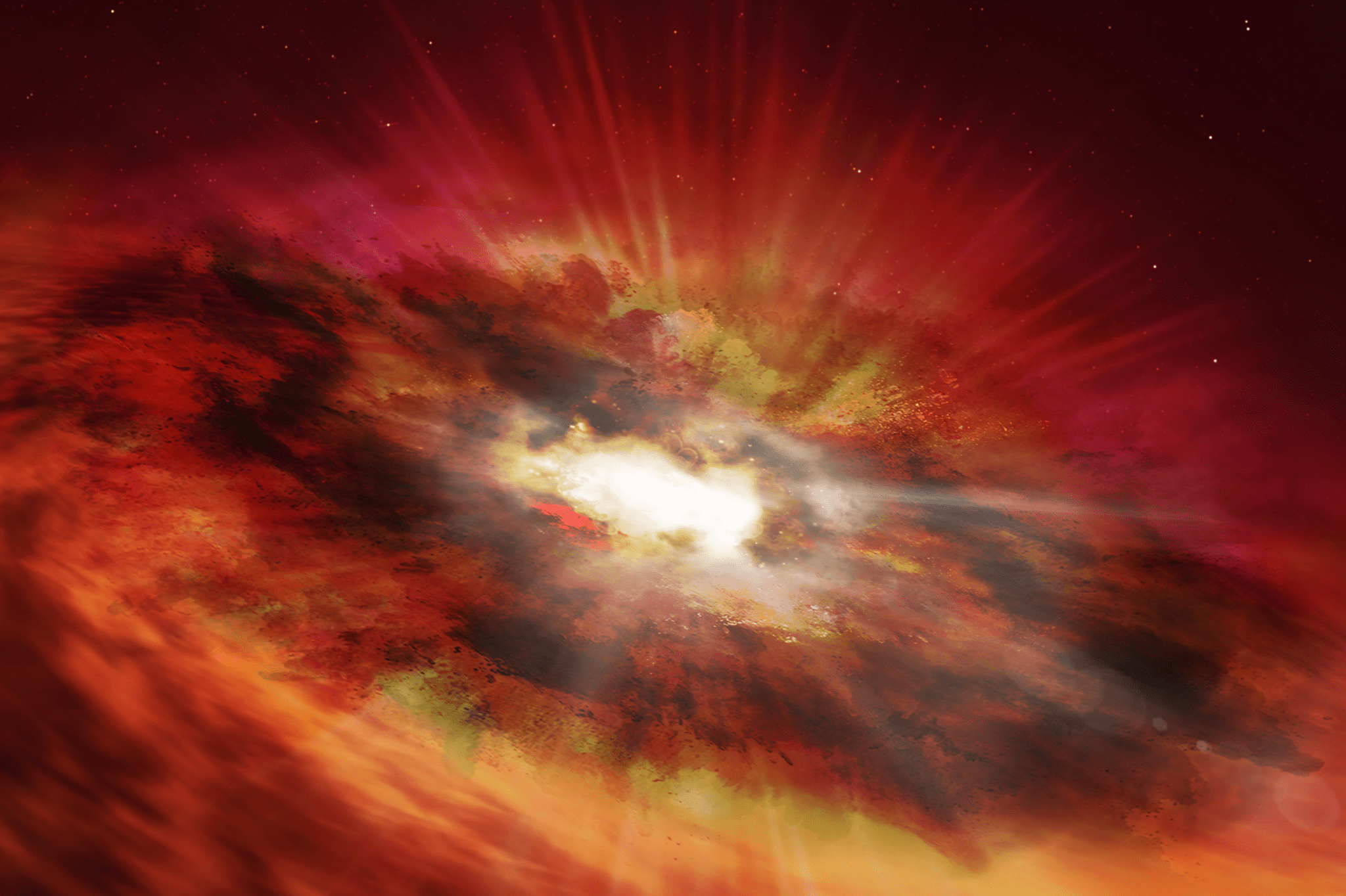
On March 26 at 6 p.m., Dr. Martin Weisskopf, project scientist for the Chandra X-Ray Observatory, will explore how Chandra has changed our understanding of the universe, as well as the key role NASA’s Marshall Space Flight Center played in Chandra’s development over the past two decades. Weisskopf will speak in the U.S. Space & Rocket Center’s new Intuitive Planetarium – a state-of-the-art digital planetarium. This event is free to the public, but seating will be limited. To reserve your ticket, visit this website. (NASA/CXC/SAO & J. Vaughan)
Science, Technology and Engineering Jamboree Set for March 27
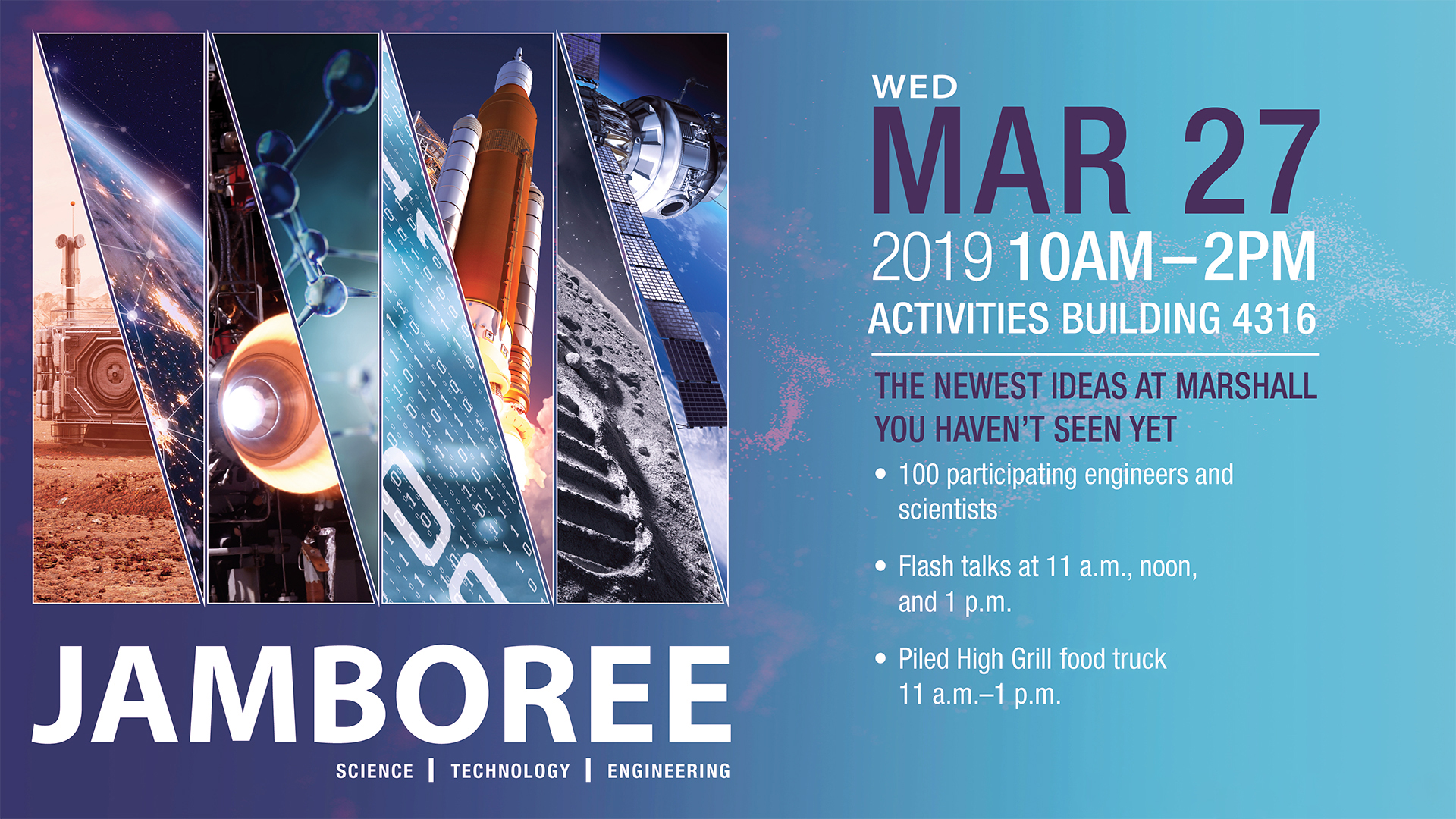
NASA’s Marshall Space Flight Center team members are invited to the 2019 Science, Technology and Engineering Jamboree on March 27 from 10 a.m.-2 p.m. in Activities Building 4316. The event will showcase future and current science and technology topics, with a gallery of poster presentations, followed by flash talks at the top of each hour. Come discover new and innovative projects happening across Marshall. To learn more, visit ExplorNet. (NASA)
Students Face Off at FIRST Robotics Competition’s ‘Rocket City Regional’
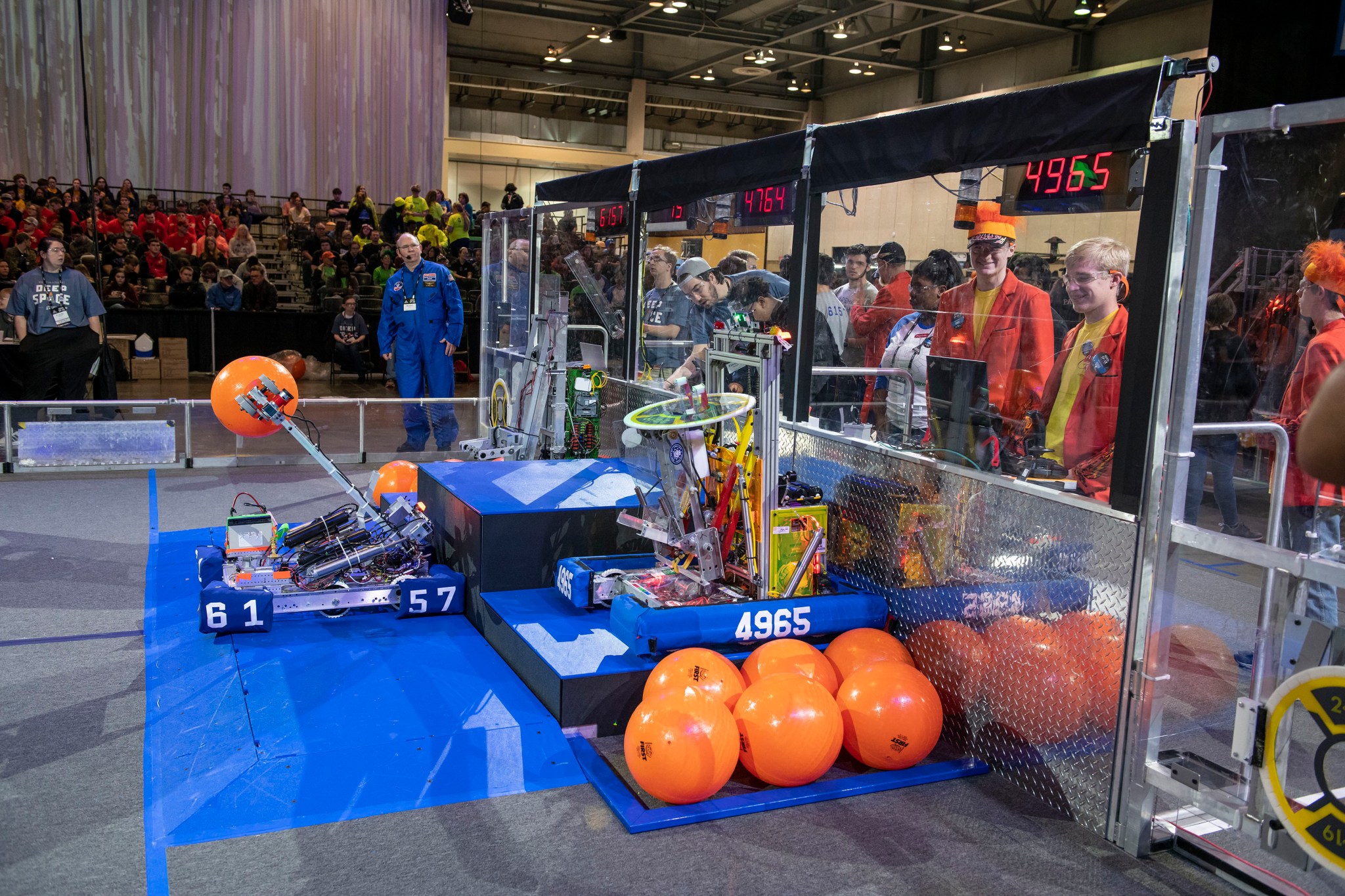
Last weekend, more than 2,000 high school students competed in the FIRST Robotics Competition “Rocket City Regional” at the Von Braun Center, supported by NASA’s Marshall Space Flight Center. In this year’s game, “DESTINATION: DEEP SPACE,” opposing alliances of three teams used remotely controlled robots, designed and built over the course of 10 weeks, to collect cargo and assemble rockets before blasting off from “Planet Primus.” Marshall leaders, including Deputy Director Paul McConnaughey, former Center Director Robert Lightfoot, and Johnny Stephenson, director of the Office of Strategic Analysis and Communications, spoke at the Rocket City Regional’s opening ceremonies. Along with several wildcard bids, three teams from the competition’s winning alliance qualified to move on to the FIRST Robotics Championship in Houston in April: ROBOTZ Garage of Laurens, South Carolina; Team Fusion of Gulfport, Mississippi; and O.G.R.E. — Opelika’s Greatest Robotics Engineers of Opelika, Alabama. (NASA/Fred Deaton)
Telework Policy Keeps Center Going on Inclement ‘Weather Days’
By Jonathan Deal
The word derives from the Greek word “tele,” meaning “from a distance.” So it’s only fitting that telework should apply to those wanting to work from a distance. If it’s not already, the term will soon become familiar for government employees when inclement weather prohibits them from reporting to their work station.
Telework is a work arrangement that allows an employee to perform work, during any part of regular, paid hours, at an approved alternative worksite such as their home or telework center. At its core, telework is people doing their work at locations different from where they would normally be doing it.
A new directive from the U.S. Office of Personnel Management was announced in 2018 that stated eligible government employees must telework during a weather or safety event. At NASA’s Marshall Space Flight Center, Jan. 29 was the first time the new directive was implemented, when the center was closed because of the threat of winter weather.
“I know a lot of people had issues gaining access to VPN that day,” said Dana Miley, telework coordinator at Marshall. “Since that event, the agency has opened up thousands of more VPN channels so Marshall can use those in the future when we have a weather event.”
Before the new directive took effect, excused leave was permitted when the center was closed for weather or safety issues. Now, employees who are telework eligible are expected to work from an alternate workplace. To avoid some of issues related to the Jan. 29 weather event, Miley had some advice for Marshall employees.
“Be prepared to telework,” she said. “Whatever arrangement you have with your supervisor, be prepared. For supervisors, I advise them to read carefully and review all of their employees’ telework agreements and make revisions when necessary.”
The framework for establishing telework began more than a decade ago as an effort to address transportation concerns and grew into an important flexible work arrangement and a powerful recruitment and retention tool for the federal government. The Telework Enhancement Act of 2010 is a key factor in the federal government’s ability to achieve greater flexibility in managing its workforce through the use of telework. The act provides a framework for federal agencies to better leverage technology and maximize the use of telework and enhances federal employee work-life balance.
There is no federal statute or regulation that specifically prohibits federal contractors from teleworking. Generally, the decision to allow a contractor to telework would be made by the contractor’s supervisor and/or in conjunction with the contracting agency/office.
For more information about teleworking, visit https://www.telework.gov/.
Deal, an ASRC Federal/Analytical Services employee and Marshall Star editor, supports the Office of Strategic Analysis & Communications.
Mission, People, Partners – Marshall Director Singer Discusses Center Priorities at Marshall Association Luncheon
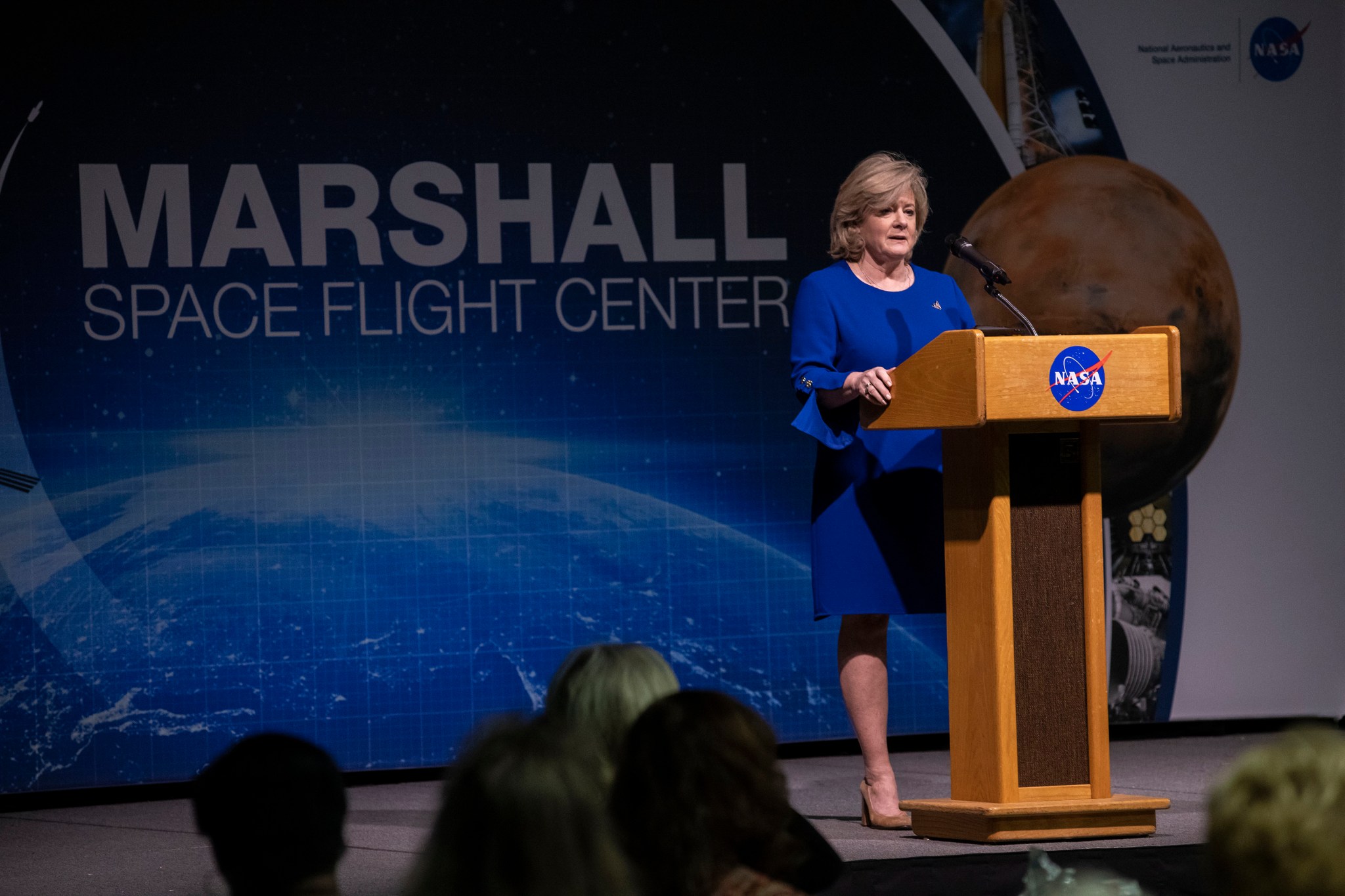
With the theme of “Mission, People, Partners,” NASA’s Marshall Space Flight Center Director Jody Singer outlined how the center’s priorities align with the agency’s strategic plan in the first Marshall Association luncheon of the year March 14 in the Activities Building. The Marshall Association offers opportunities to network and share ideas with colleagues and members of the Marshall community. The Marshall Association offers opportunities to network and share ideas with colleagues and members of the Marshall community. Membership is open to NASA employees, retirees, contractors and community members. Membership dues support the annual scholarship program and other events throughout the year. (NASA/Fred Deaton)
Tech Talk Gets Visit from CEO of First Company to Provide Commercial Wifi in Space
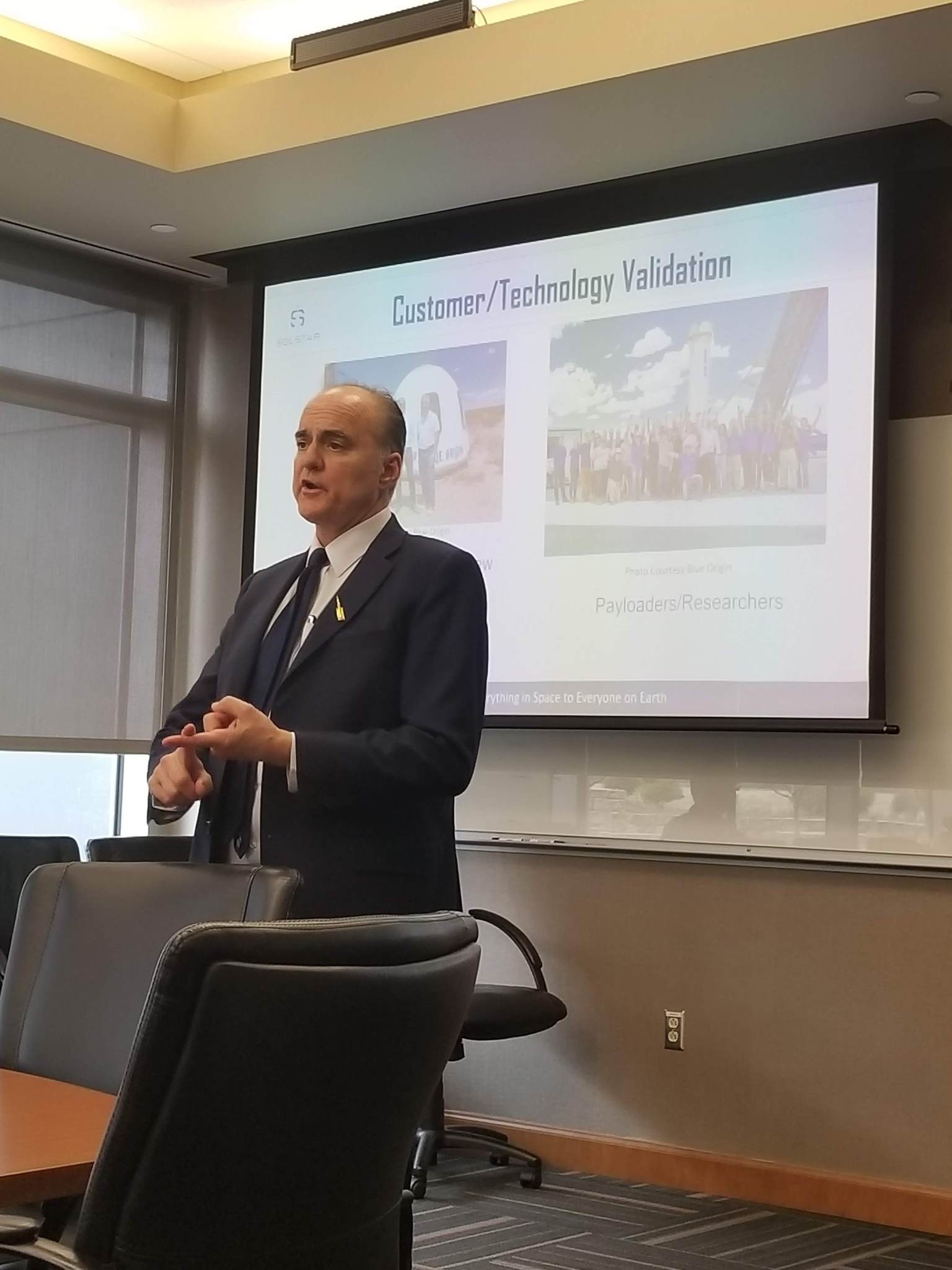
M. Brian Barnett, founder, president and CEO of SolStar Space Company, addresses team members during a Marshall Tech Talk at NASA’s Marshall Space Center on March 14. Based in Santa Fe, New Mexico, SolStar is the first in-flight commercial/internet communications service company to provide wifi in space. Barnett discussed the accomplishment during his presentation and expressed the company’s mission for the future. “We believe we can professionalize the way space research is done,” said Barnett. “To be able to communicate anywhere you are, anytime you want to.” Marshall Tech Talks are held on the second Thursday of each month. (NASA/NiCarla Friend)
This Week in NASA History: Cryogenic Proof Testing of S-II-4 at the Mississippi Test Facility – March 23, 1968
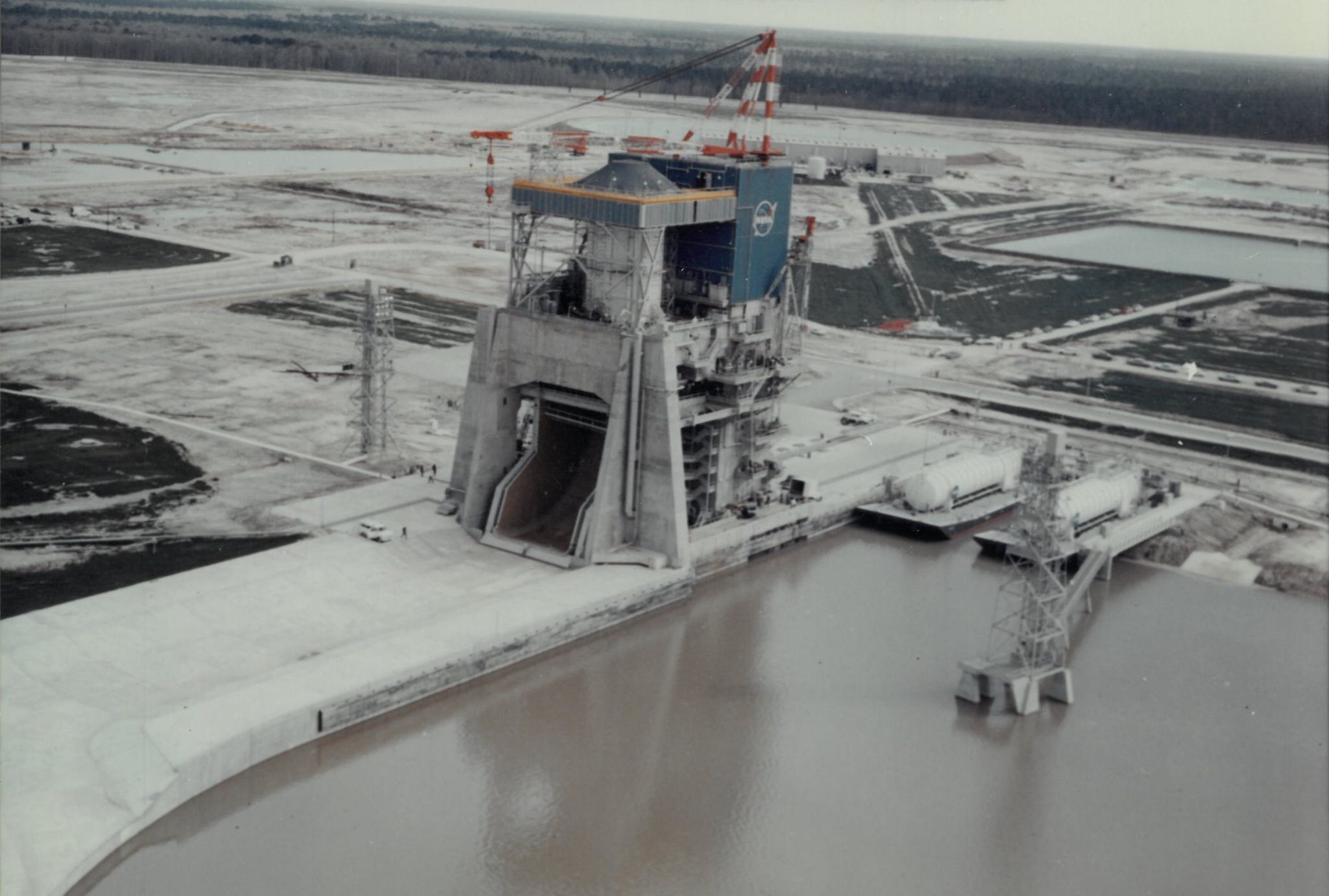
This week in 1968, workers at the Mississippi Test Facility – today’s NASA Stennis Space Center – conducted cryogenic testing of the Saturn V second stage, S-II-4 to certify the integrity of the S-II stage’s LH2 liquid hydrogen tank. This was the first cryogenic proof test of the S-II program. All S-II stages scheduled for use on crewed launch vehicles would undergo the cryogenic proof test at the test facility to further certify the structural capability of the stage. The S-II-4 was employed on the Apollo 9 mission. Here, the S-II all systems stage is seen in the test stand. The Saturn V was designed at NASA’s Marshall Space Flight Center. From October 2018 through December 2022, NASA will mark the 50th anniversary of the Apollo Program that landed a dozen astronauts on the Moon between July 1969 and December 1972, and the first U.S. crewed mission – Apollo 8 – that circumnavigated the Moon in December 1968. The NASA History Program is responsible for generating, disseminating, and preserving NASA’s remarkable history and providing a comprehensive understanding of the institutional, cultural, social, political, economic, technological and scientific aspects of NASA’s activities in aeronautics and space. For more pictures like this one and to connect to NASA’s history, visit the Marshall History Program’s webpage. (NASA)

























